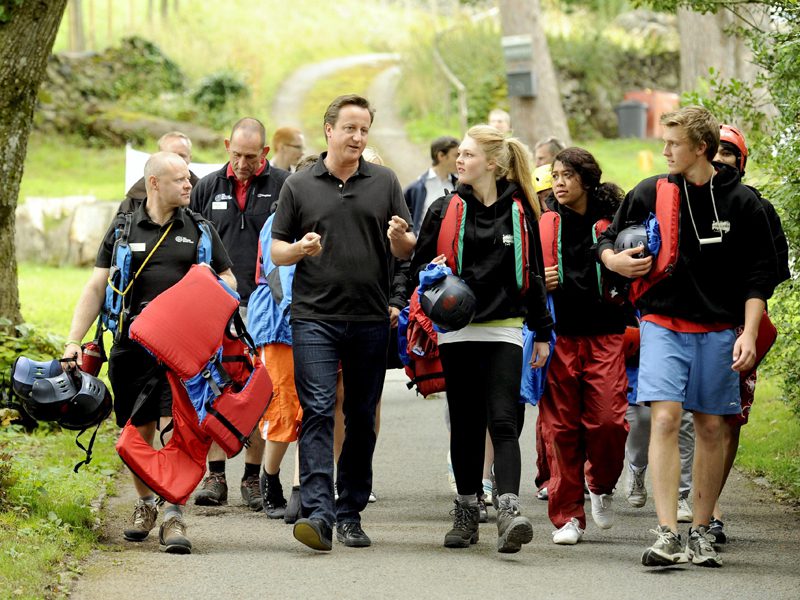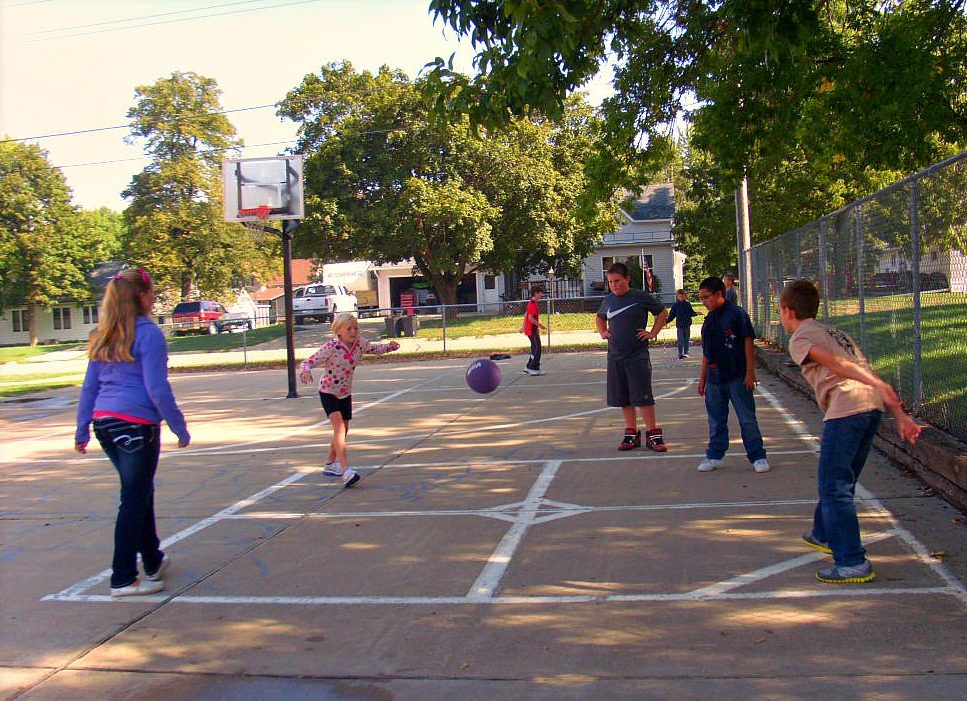When you think of education and where it takes place, your mind probably first jumps to a conventional classroom environment. A large room, inside of a school, with desks facing a marker board and maybe a projector. This kind of learning environment has withstood the test of time and certainly has its virtues – but it’s not the only setting where learning can occur. In fact, educators have been exploring outdoor alternatives to the traditional classroom for decades. But what exactly is outdoor education? Are there benefits of learning outdoors? Read on to learn more!
Please note: This blog post will be focusing on outdoor education as it exists within the contemporary Western education system. For more information on ancestral and Indigenous environmental education, please consult: Rethinking Environmental Education with the Help of Indigenous Ways of Knowing and Traditional Ecological Knowledge
An Abridged History of Outdoor Education
The history of modern outdoor education can trace its roots back to the 1940s, when educator Kurt Hahn and businessman Lawrence Holt formed the Outward Bound program in Aberdovey, Wales. In its earliest version, the program was a month-long wilderness survival course designed to foster “physical fitness, enterprise, tenacity and compassion among British youth.” The aim of the program was to teach British youth survival skills by placing them in natural environments and giving them realistic opportunities to use their new, practical skills. This differed from the typical survival skills courses of the time, which tended to be classroom based and removed from the actual conditions of natural settings. By learning these survival skills in a challenging environment, Hahn and Holt hoped that their students would develop life-long feelings of confidence and a better understanding of how humans depend on each other.

The original Outward Bound program set the stage for other, similar programs to develop around the globe. In the 1960s, Outward Bound expanded into the United States and eventually grew into the 35 chapter operation that it is today. Currently, there are many active outdoor education programs in the U.S. (like Project Adventure and the National Outdoor Leadership School) serving hundreds of thousands of students a year, all with the goal of allowing students to experience the outdoors and develop life skills. The success of these programs showed the benefits of outdoor education, encouraging educators to expand the philosophy’s scope beyond outdoor adventuring as time went on.
What is Outdoor Education?
Today, outdoor education can take many different forms depending on the educators’ intended goals and available outdoor space. It’s flexible and can be as intense as a weeklong camping trip (like the original programs) or as simple as a ten-minute walk through an urban garden. It’s a misconception that outdoor education can only happen in rural areas. In reality, any amount of outdoor space is sufficient, rural or urban. The only requirement is that students leave their desks and participate in an organized, outdoor educational experience.

Outdoor educators lead students through activities that encourage them to think deeply about and interact with life outside. When students are learning science, taking them outdoors can be a great way to show real-world examples and applications of the science content. Experiences outdoors can elevate a student’s understanding of a concept by showing them how it really works outside of a textbook or a classroom. For example, a stroll through a garden could be used to show students the growth cycle of a flower, from seed to fully mature plant. Or, a field trip to a nearby green space could be used to educate students on their local ecosystems. These outdoor schooling activities give students an authentic opportunity to exercise and build a greater sense of environmental awareness.
With a little creativity, outdoor education can even be pushed beyond a science class. If you teach English Language Arts, time spent outdoors can serve as the inspiration for a creative writing prompt. Rocks and twigs collected while outside can be used as manipulatives for a math activity. A team-building exercise conducted outdoors can be a perfect way to teach social studies concepts – like how communities are formed and function. The possibilities are limitless!
What are the Benefits of Outdoor Education?
In addition to being a fun way to get students engaged and excited about learning, the benefits of outdoor learning are vast. These benefits can improve a student’s health and, in turn, help them perform well in school. For example, time spent outdoors allows students to get exposed to sunlight. Sun exposure helps keep sleep cycles in tune, making it easier to fall asleep at night. Students who have a healthy sleep schedule are less likely to report that they feel depressed, anxious or unfocused, symptoms that can make it difficult to fully participate in class.

Stress levels can also be affected by time spent learning outside. The amount of stress we feel is influenced by a hormone called cortisol. In a healthy body, cortisol levels are supposed to be high when we first wake up and then drop around midday. A team of German researchers conducted an experiment where they measured the cortisol levels of two groups of students throughout the school day. One group spent time outdoors every day; one group did not. They discovered that the group that went outdoors showed the healthy cortisol drop around midday – a definite benefit of outdoor education. The group that did not go outdoors did not show the drop. They stayed at a heightened stress level, which likely affected how they felt and behaved in the classroom. Even a short period of time outdoors can positively affect a student’s mental health.
The health benefits of outdoor education don’t stop there! For children that like to get dirty, touching soil can increase their serotonin levels. Children with ADHD can experience less inattention and hyperactivity after spending time outdoors. Both adults and children alike experience a decrease in blood pressure while outside. Running, jumping, and climbing help a child stay physically healthy. Incorporating outdoor schooling into your educational practice can help your students in ways you might not even think of.
The Next Generation of Outdoor Leaders
The research is clear that outdoor education has rich academic, emotional, and health benefits for today’s youth. It can also inspire them to take environmental action! When students have meaningful educational experiences outside, they can develop a deeper understanding of nature. Once that understanding has been built, students can go on to appreciate their local, natural landscapes and work to preserve them. As environmental challenges become more pressing with each day, it’s essential for educators to help their students appreciate the importance of nature. By providing opportunities for students to get outside, you can help motivate a new generation of environmentalists!
Image credits: Outward Bound participants (Outward Bound Trust, Howtown by Number 10 is licensed under CC BY 2.0); Walking tour (In anticipation of urbanism in Split by Tina Ljubenkov is licensed under CC BY-SA 3.0); Four square (Four Square! by Michelle TeGrootenhuis is licensed under CC BY-NC 2.0)




